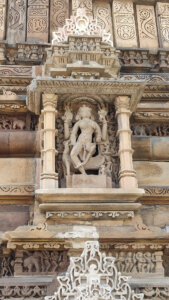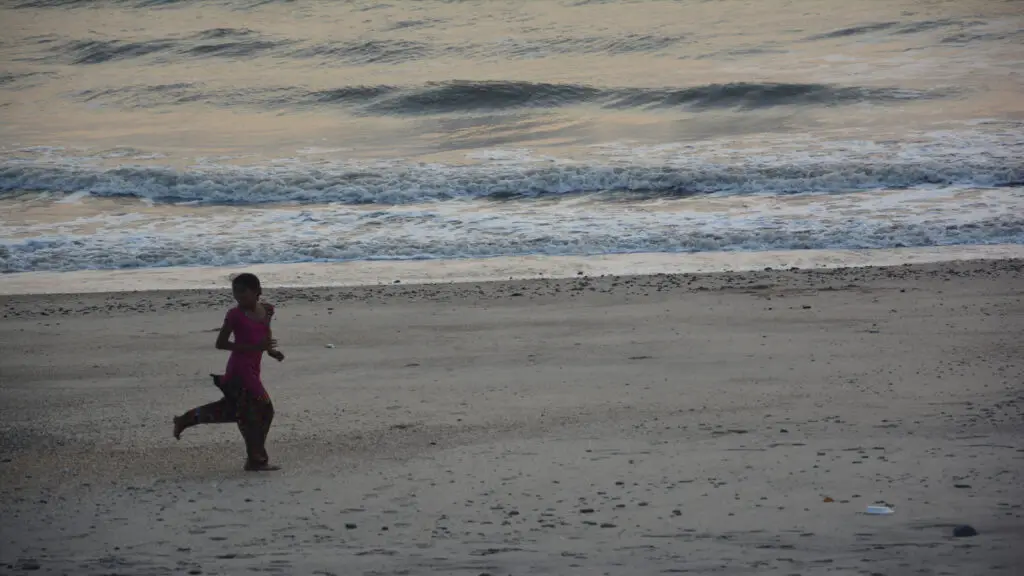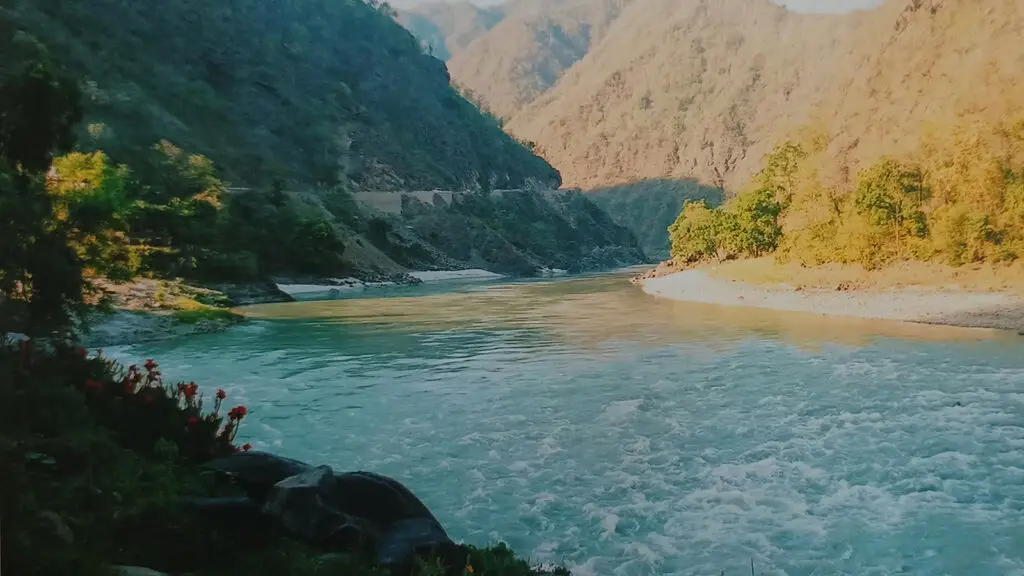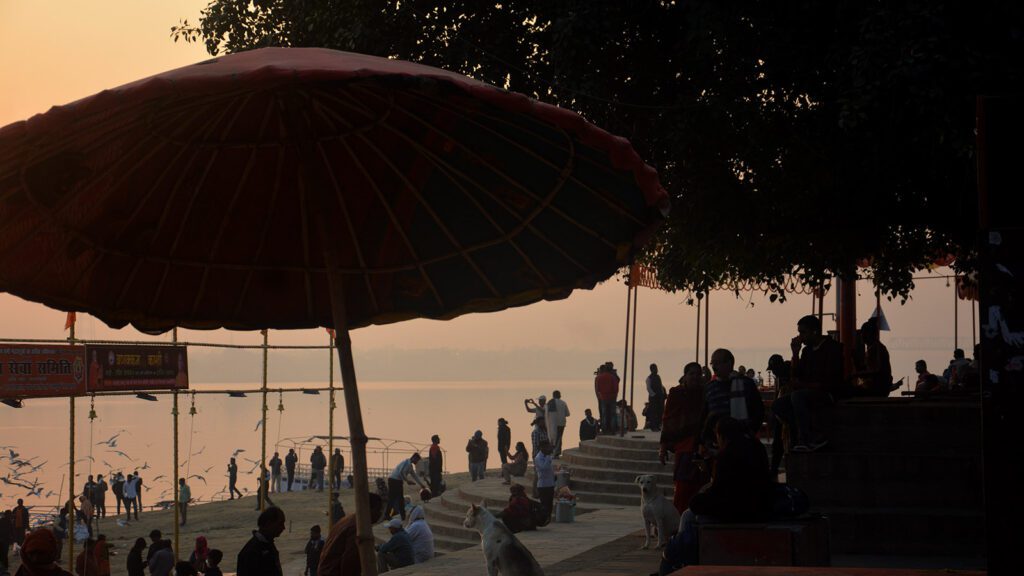A Dream of Dance and Temples
Like most girls in India, I, too, have always had a deep love for dance—both performing and watching others on stage. Growing up in a small town, my exposure to different dance forms came with the advent of Doordarshan. Which, in its vintage format, would broadcast Indian classical dances late at night, catering to a niche audience of connoisseurs.
 I was fascinated by the music, the rhythm, the movement, and the expression. Occasionally, a dance festival would be aired, sparking a dream within me—to one day witness such a grand event in person. Later, while pursuing my architecture degree, I learned how some of India’s most magnificent ancient temples serve as the backdrop for these festivals—Khajuraho Group of Temples and Ellora being the most prominent. For an architect and a dance lover, these destinations were perfect. And visiting them during a festival became a long-cherished aspiration.
I was fascinated by the music, the rhythm, the movement, and the expression. Occasionally, a dance festival would be aired, sparking a dream within me—to one day witness such a grand event in person. Later, while pursuing my architecture degree, I learned how some of India’s most magnificent ancient temples serve as the backdrop for these festivals—Khajuraho Group of Temples and Ellora being the most prominent. For an architect and a dance lover, these destinations were perfect. And visiting them during a festival became a long-cherished aspiration.
An Aspiration Comes True
It was only natural that I enrolled both my daughters in Kathak classes. I love this dance form. Their dance school was once invited to perform at the Khajuraho Dance Festival. It was then that my long-subdued desire to visit these breathtaking temple clusters—renowned for their scale, proportions, intricate carvings, and stunning setting—was reignited.
The Khajuraho Group of Temples, built between the 9th and 11th centuries CE by the Chandela rulers, are celebrated for their exquisite carvings that adorn their outer walls. It was once a thriving temple town and Khajuraho served as the cultural capital of the Chandelas, where art, architecture, and spirituality flourished in harmony.
 Of the more than 80 temples originally constructed, 25 have survived, each more magnificent than the other. Geographically, these temples are divided into groups, with the grandest and most well-known ones located in the western cluster. It is against this awe-inspiring backdrop that the Khajuraho Dance Festival has been held annually for the past 50 years. It is held in the last week of February, showcasing the cultural and spiritual depth of India’s classical dance traditions.
Of the more than 80 temples originally constructed, 25 have survived, each more magnificent than the other. Geographically, these temples are divided into groups, with the grandest and most well-known ones located in the western cluster. It is against this awe-inspiring backdrop that the Khajuraho Dance Festival has been held annually for the past 50 years. It is held in the last week of February, showcasing the cultural and spiritual depth of India’s classical dance traditions.
Our opportunity to witness both the temples and the festival finally arrived when we planned a trip to Orchha, coinciding with the festival dates. The excitement within our group was palpable as we eagerly counted down the four long months leading up to the journey.
A Festival of Arts Amidst Grand Temples
 We reached Khajuraho Group of Temples late in the evening, after the inauguration of the festival. As we approached the temple clusters, we passed through a huge craft mela. This mela is held every year during the Khajuraho Dance Festival to showcase and sell local crafts. With many kiosks lined up with colorful merchandise under beautiful lighting, the place was abuzz with excitement and festivity.
We reached Khajuraho Group of Temples late in the evening, after the inauguration of the festival. As we approached the temple clusters, we passed through a huge craft mela. This mela is held every year during the Khajuraho Dance Festival to showcase and sell local crafts. With many kiosks lined up with colorful merchandise under beautiful lighting, the place was abuzz with excitement and festivity.
The area was also lined with temporary exhibitions showcasing Indian paintings and an exhibition of classical instruments. Here, numerous stalls sold local and global cuisine, catering to the tastes of travelers visiting from all over the world.  Many come here to catch a glimpse of the monuments at night and watch decorated artists pray to the gods through their performances.
Many come here to catch a glimpse of the monuments at night and watch decorated artists pray to the gods through their performances.
We moved past the vibrant stalls and entered from the northern gate for the dance festival . Neither music nor the temples themselves were visible at first. Only after passing through the mela did we catch a glimpse of the grand structures.
A graceful Mohiniyattam performance was ongoing in front of two beautifully lit temples, their grandeur forming a breathtaking backdrop. The entire setup was ethereal—like a dream unfolding before my eyes. A long-cherished wish was coming true, and I was eager to explore the temples in the morning light. We ended this brief sojourn on a high note, the dance, music, and illuminated monuments filling us with anticipation for the next day.
Exploring the Splendor of the Temples
 The next morning, we reached the complex, walking along a formal pathway stretching beside a beautiful lake. Scattered across the precinct were many temples, glowing under the soft morning sun, framed by trees and foliage. A knowledgeable guide took us first to the Lakshmana Temple, dedicated to Vaikuntha Vishnu.It is one of the most beautiful temples in the complex. Built in the Panchayatana style, it has a grand central shrine flanked by four smaller shrines at the corners.
The next morning, we reached the complex, walking along a formal pathway stretching beside a beautiful lake. Scattered across the precinct were many temples, glowing under the soft morning sun, framed by trees and foliage. A knowledgeable guide took us first to the Lakshmana Temple, dedicated to Vaikuntha Vishnu.It is one of the most beautiful temples in the complex. Built in the Panchayatana style, it has a grand central shrine flanked by four smaller shrines at the corners.
The temple is an exquisite example of lifelike carvings. At the very entrance stood a statue of a dancing Ganesha, his jiggling belly carved so brilliantly in stone that it seemed to come alive. The sculptors had infused remarkable dynamism into the static and stoic medium—gods, goddesses, dancers, musicians, apsaras, and common people were all captured in action and expressive poses.
The sculptors had infused remarkable dynamism into the static and stoic medium—gods, goddesses, dancers, musicians, apsaras, and common people were all captured in action and expressive poses.
A girl sulked and another waited for her lover. One removed a thorn from her foot, while another admired herself in a mirror. Men carved stones, fought demons, and played music. Lovers embraced, apsaras danced. Even the gods tenderly expressed their love for their consorts. An entire life unfolded on these walls. The sculptures, often misunderstood as merely erotic, actually depicted a  profound philosophy of life—embracing spirituality, love, the pursuit of knowledge, as well as desires, longings, and fulfillment. Our ancestors must have led incredible, multifaceted lives in an open society where multiple ways of living coexisted and were celebrated.
profound philosophy of life—embracing spirituality, love, the pursuit of knowledge, as well as desires, longings, and fulfillment. Our ancestors must have led incredible, multifaceted lives in an open society where multiple ways of living coexisted and were celebrated.
Evening Performances Under the Lit Temples
As the sun started blazing in the sky, we left the complex, planning to return during the cooler hours. I wanted to see the temples in the golden light of the evening sun before watching the evening’s performances. As the sun began setting behind the temples in the west, magical moments unfolded.
 The stone structures, bathed in a golden glow, seemed alive, their presence more profound in the fading light. The evening became memorable as we explored Kandariya Mahadev, Devi Jagadambi Temple, Chitragupta Temple, and Vishwanath Temple, even as the place buzzed with evening visitors. As darkness fell, the temples were lit from below, creating a mesmerizing contrast to the daytime experience.
The stone structures, bathed in a golden glow, seemed alive, their presence more profound in the fading light. The evening became memorable as we explored Kandariya Mahadev, Devi Jagadambi Temple, Chitragupta Temple, and Vishwanath Temple, even as the place buzzed with evening visitors. As darkness fell, the temples were lit from below, creating a mesmerizing contrast to the daytime experience.

The evening performances began with a slow and graceful Manipuri recital, narrating stories from the Krishna Purana. It was amazing to watch 81-year-old Padmashree awardee Darshan Zaveri perform the dance form alongside her young and enthusiastic troupe. The atmosphere she created set the stage for what was to come.
 Next was a Bharatanatyam performance, a powerful retelling of Karna’s story from the Mahabharata. It was a gripping portrayal of the doomed prince’s agony and valor, which deeply moved the audience. The costume, the storytelling, and the expressions were truly remarkable.
Next was a Bharatanatyam performance, a powerful retelling of Karna’s story from the Mahabharata. It was a gripping portrayal of the doomed prince’s agony and valor, which deeply moved the audience. The costume, the storytelling, and the expressions were truly remarkable.
A Night of Mesmerizing Rhythms
But what made the night unforgettable was the Chhau performance by Shashadhar Acharya’s troupe from Jharkhand.
We were exhausted from the day’s excursion, yet were spellbound by the rhythmic and powerful performance, unable to take our eyes off the stage. It depicted Garuda’s birth and his battles with the Devas and Asuras in a dramatic retelling. The performance was accompanied by powerful beats from vernacular instruments, perfectly complementing the rhythm, dynamic jumps, graceful rotations in the air, and intense movements of the dancers.
The most captivating segment portrayed Garuda’s battle with Narakasura, performed with traditional masks. The crescendo built up to a breathtaking peak with the epic clash between Krishna and Narakasura.

Watching the all-male dance troupe take a bow as thunderous applause filled the air was a sight to behold.
A Journey Within
As the final performance of the festival unfolded under the starlit sky, I realized that Khajuraho had offered me more than just a cultural spectacle. It had given me a moment of stillness amidst the rhythm, a chance to connect with the deeper essence of art and heritage. Watching the dancers, I saw the continuity of tradition. The same emotions, the same devotion that once inspired sculptors now manifesting in movement.
As said in my earlier blog From Rituals to Ruins: Embracing India’s Cultural Heritage, it is the continuous celebration of heritage through rituals that allows us to conserve them and keep them relevant to the times. The Khajuraho Dance Festival is one such celebration—where history, art, and devotion merge to create a timeless experience.
We left the festival grounds, walking in silence, absorbed in the intensity of what we had just witnessed. The animated rhythm of dance had breathed life into the inanimate monuments. The temples stood eternal, the dance and music felt ethereal, and the seamless fusion of history and art left a profound impact on us. In that moment, we had truly experienced divinity.




Yet another fascinating travel blog. You writing style is engaging, pics are spectacular and the content is awesome. 👌👏👍♥️
Thanks Rameshji